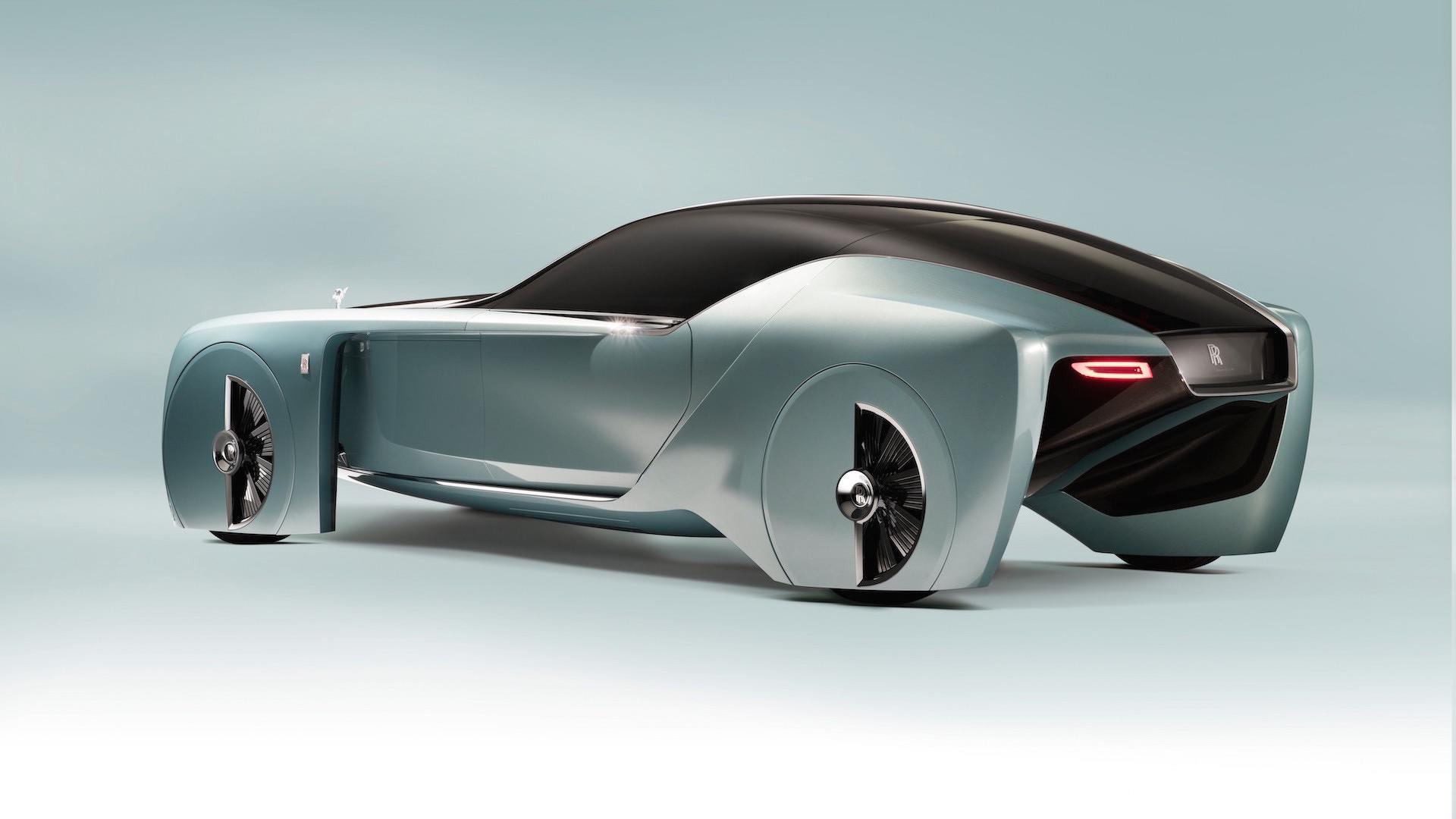The year was 2016 when Rolls-Royce took just about everyone by surprise with the unveiling of its Vision Next 100 100 (103EX), an avant-garde concept signaling the luxury brand’s intention of going electric. Fast forward to September 27, 2021, we’re only two days away from the moment the BMW-owned British marque will make a “historic announcement” regarding its first production-intent EV.
Presumably, the Goodwood-based niche automaker will share preliminary details about the first road-going Rolls-Royce to do away with the ol’ combustion engine. It’s unclear whether we’ll see a teaser, be it for a concept car or the actual production model, but we do know there is a long wait ahead for the actual vehicle.

Why is that so? Because Rolls-Royce vaguely says the EV will be launched sometime this decade, which means the zero-emissions model can still be roughly eight years away. The prestigious 117-year-old luxury car manufacturer points out the V12-less automobile “will be launched only when the time is right, and every element meets Rolls-Royce’s technical, aesthetic, and performance standards.”
It will be interesting to see in what ways the EV will be related to the parent company’s electric offerings considering the Architecture of Luxury is a bespoke Rolls-Royce platform rather than an adaptation of a BMW architecture. The underpinnings have been used for the latest Ghost, Phantom, and the Cullinan, but it’s unclear whether the firm’s first EV will be an electric conversion of the same platform or a separate architecture.

If Rolls-Royce is planning to show a concept car first, it will not only follow the 100EX, but also a one-off Phantom Experimental Electric (102EX) from 2011. It removed the 6.75-liter V12 gasoline engine and the traditional gearbox to make room for dual electric motors and a lithium-ion battery pack. The electric Phantom had a combined output of 390 hp (290 kW) and a massive 800 Nm (590 lb-ft) of torque delivered instantly. The 71-kWh battery was good for 120 miles (193 kilometers) between recharging, which obviously wouldn’t be enough for a RR arriving between now and 2030.
Source: Rolls-Royce
